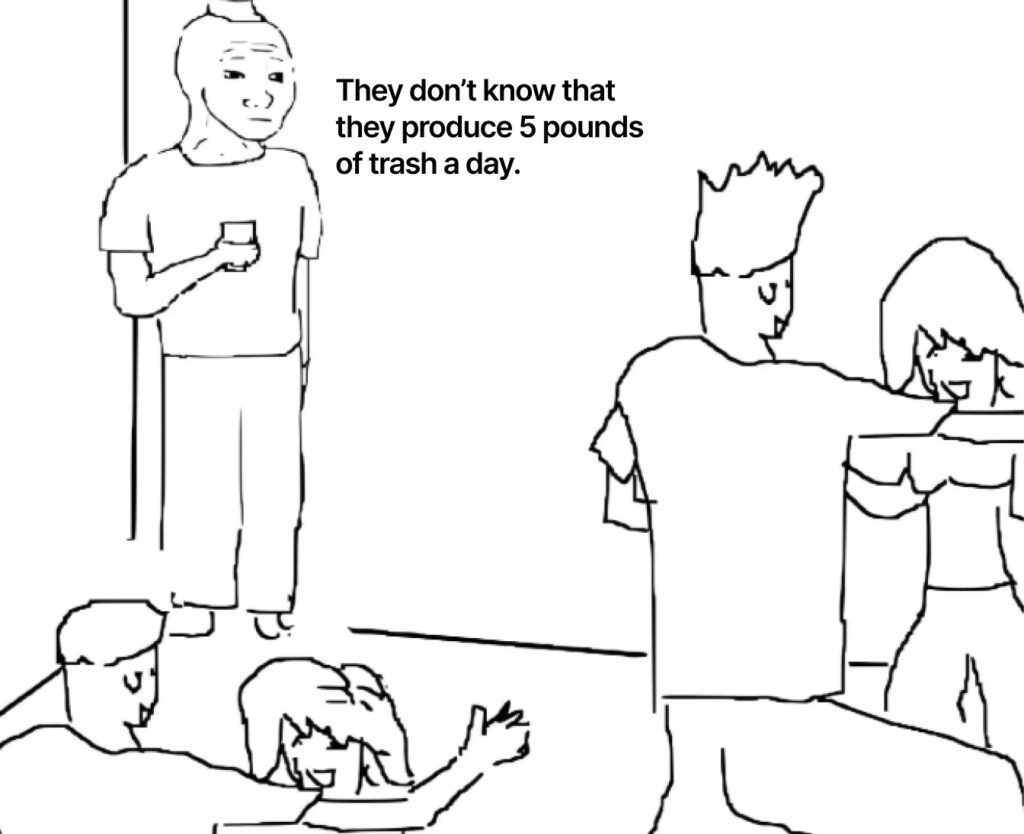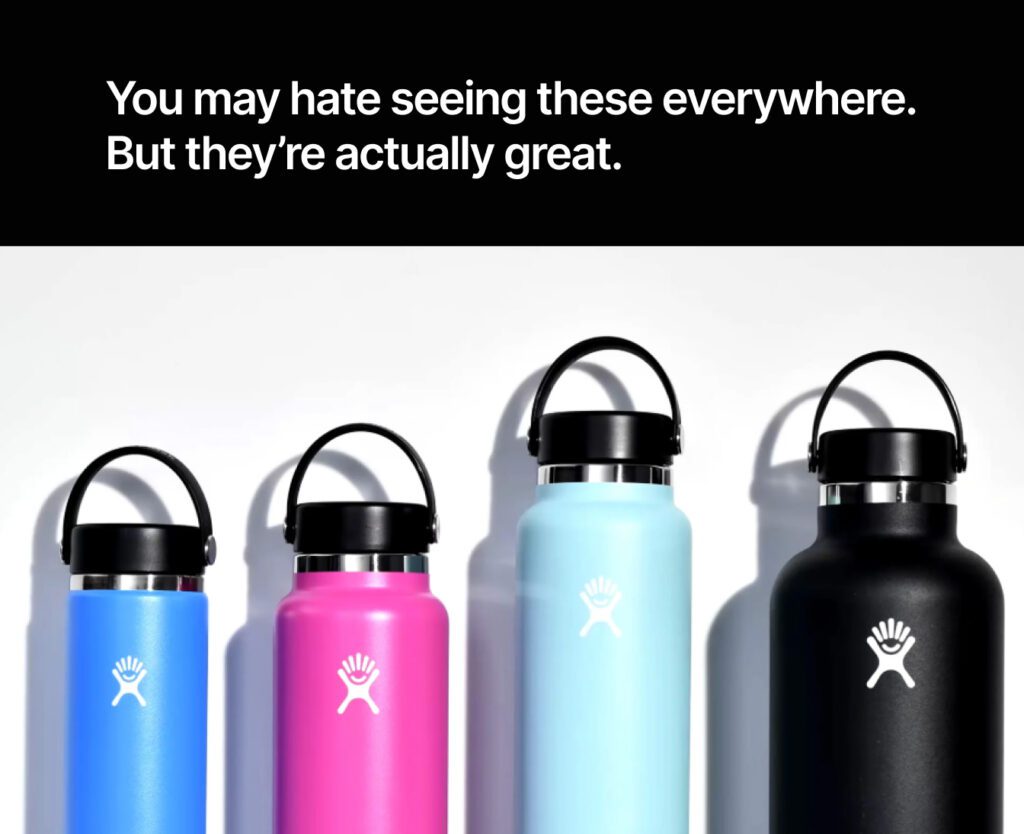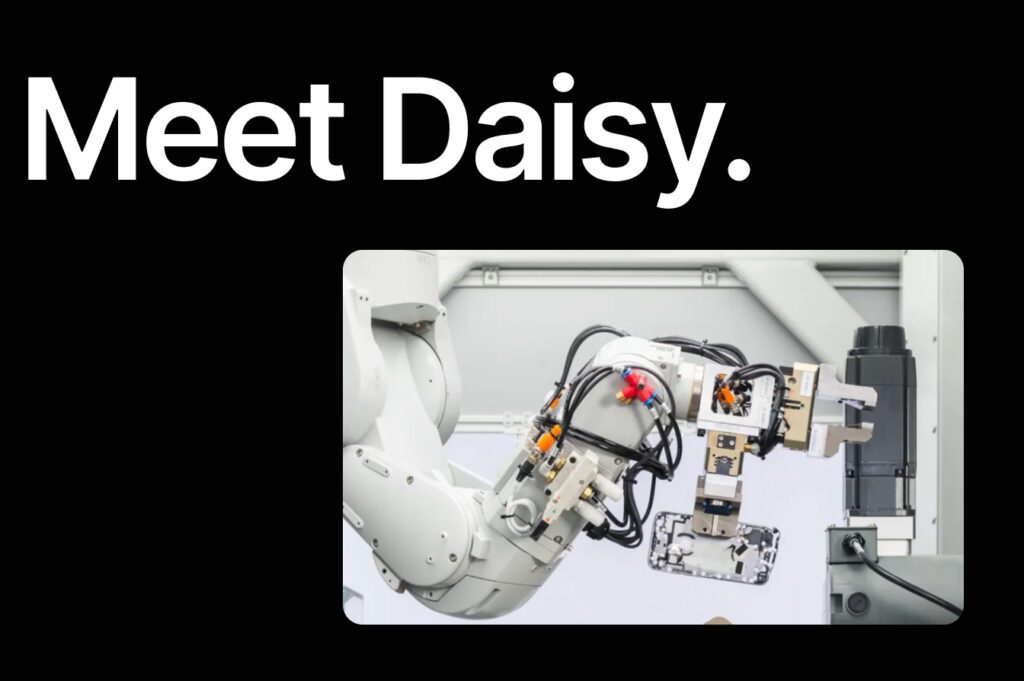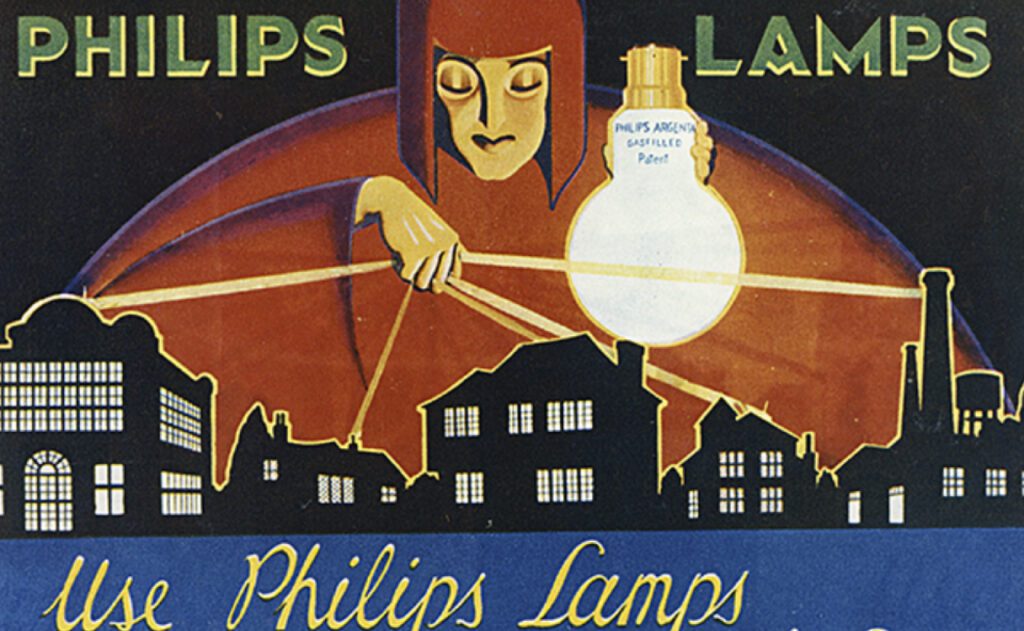You don’t really question it too often, and when you do, you are looked at as a hippie of the new age.
You’re very used to it. You interact with it daily. By the time you wake up, you may have already produced it with your morning routine. It sits in your home, is a part of most things you buy and is built into how you live.
You don’t really question it too often, and when you do, you are looked at as a hippie of the new age.
The “it” I’m writing about is ‘trash/waste’. From our daily K-Cups to energy drinks, packaged food & goods, amazon orders and more- we are simply overproducing waste.
There are those that believe caring for our ecosystem means something political. Which can be limiting. The danger lies in that it keeps you from having curiosity toward the problem at hand, keeping you distant from being a part of creating solutions. Regardless of what you believe, we statistically are producing the most amount of goods and materials in our history.
You alone are responsible for generating 4.9 pounds of trash a day, where the majority of it ends up in landfills.

Business owners often ask themselves how they can design and produce products that users love to have. And that itself is fantastic. But we stopped asking ourselves a long time ago how we can produce products that actually design out waste and overconsumption. We no longer question what solutions could be at hand to prevent further damage to this earth and the people who fill it.
The pacifier of profit has silenced the part of ourselves that truly wonders about something better.
We currently live in a linear economy. The linear economy model follows a simple and easy process: take-make-dispose. This means that resources are extracted like food, raw materials or more, then turned into manufactured goods that are then consumed, and disposed of. It has one direction, ending at waste.
In contrast to the circular economy model where products that are used are then recycled to produce more. Or, recycled to regenerate natural ecosystems that were taken from to curate the product at hand.
A circular economy simply put is an economic system that aims to eliminate waste and pollution and circulate products and materials at their highest value ending with regenerating nature.
It might sound a bit too on the adventurous side- to design out excessive waste, but it is possible.
Take a look at the graphic above, the first phase of eliminating waste is actually designing it out of the product itself. This means innovatively creating things that are reusable, repairable, or recyclable.
Designing products that are reusable often directly opposes our desire for further profit- however that doesn’t have to be the case.
Think of a skincare product. What if there was a way where that moisturizer you use everyday had a refillable in the center that can pop out and be recycled once cleaned? Allowing the company to sustain its growth through a subscription model, while keeping all products circulating.

To dig further, models like reusable steel water-bottles from Hydroflask that are built to last have not kept them from radical growth.
Products that are repairable last longer and produce less waste, it’s simple. Instead of designing products that have short life-cycles, the challenge would be to design products that can be fixed AND a business model where that allows for growth.
A key element of a circular economy is designing products that can feed back into nature. Not green-washed recycling where only a percentage of it ends up reused, but designing products with materials that have true recycling value.

Apple’s robot daisy that disassembles old iPhones to reclaim precious materials is a great example. Products that were once considered not traditionally recyclable are now able to be taken apart and reused by the company that made them.
See the circle forming?
In the 1950s you may have paid a higher premium for a TV or outfit. But those items lasted, they were built to work for a long time. And I’m sure we’ve all noticed the drop in quality in all consumer goods in the last 20 years. Where did this chasm happen?
Asking the right questions leads you straight to the lightbulb- planned obsolescence. A practice that started where products are deliberately designed to have short life-spans and have to be replaced. Starting with something every American household was starting to have, lightbulbs.

Manufacturers of these beloved lumen generating bulbs were realizing that their long lasting bulbs meant consumers weren’t coming back to buy more. Drops in profit had them pursue a solution, have lightbulbs not last as long so that people will come back. Leading to excess waste, and overconsumption of a product that is actually supposed to have a longer life-time.
Oftentimes, the first solution we think of is not the best one. Being curious about what we can design into our systems and the affordance to take that risk creates real impact.
We can learn a lot from the story of the lightbulb and planned obsolescence. Mostly what not to do, but also about human nature and how to combat our fears.
When we fear a lack of resources, oftentimes financial, we walk down paths that lead to harmful impact to those around us. On a smaller scale, maybe that looks like you overworking, or disregarding your family to continue to make more money, and at a larger scale we see greed filled companies overproducing waste as a result of their profit-driven fear mindset.
We don’t have to operate these ways, we are not locked in our solutions. The second we believe there is only one path is often the second we decide our comfort matters more than great change.
We can design an economic model that circulates. It’s not impossible. It merely starts with asking the right questions, being willing to innovate and challenge your preconceptions to walk a different path.
Design thinking is created to solve human problems, we decide which ones we solve in what way.